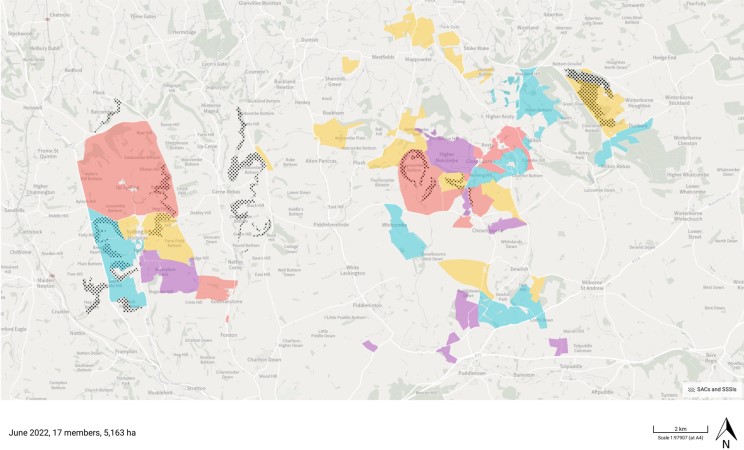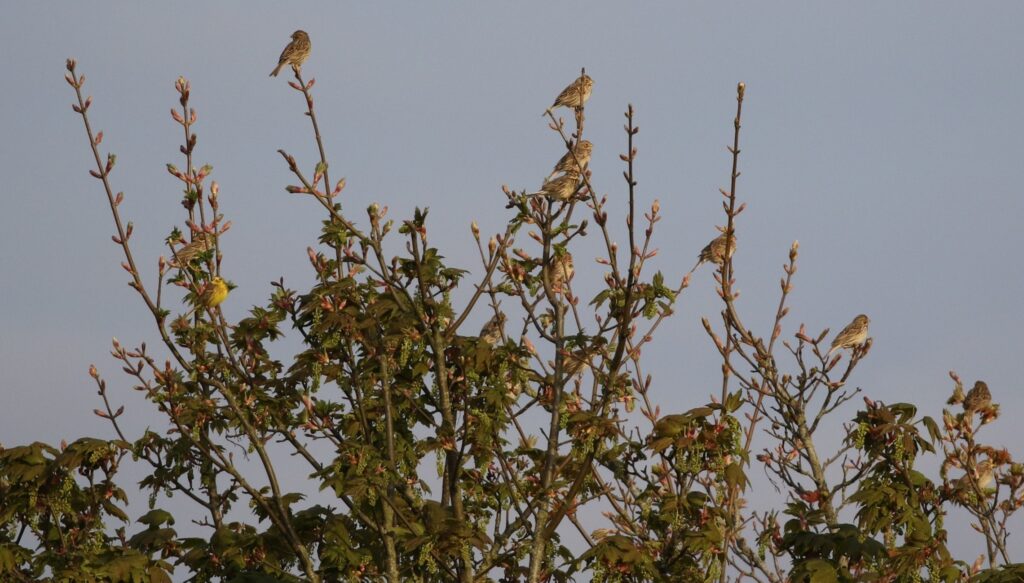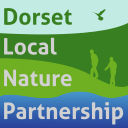Luke Rake FLS, LNP Chair
A developing theme in land management is the coming together of groups of farmers and landowners to work collaboratively to access not only funding, but also benefits for nature. Nature is not static, so creating nature recovery and food production practice at scale arguably allows the benefits of both to be maximised. A move from feeding ourselves, to nourishing ourselves in action.

Located wholly within Dorset, there are three of these clusters currently active (and another at Martin Down that rolls into Wiltshire and Hampshire), and in my role as LNP Chair I was invited to the inaugural meeting of the Dorset Down Farm Cluster this summer, which also had the pleasure of welcoming Tony Juniper CBE, Chair of Natural England, to discuss progress so far and also the next steps.
It’s clear that the Dorset Downs Farmer Cluster, located across the N/S valleys and headlands from Sydling in the West right through across to Ansty and Milton Abbas, have made good progress in bringing together collaborative ideas and also more coherent plans together. Currently the cluster landowners and tenant farmers manage a significant amount of Dorset countryside, roughly equivalent to the entire size of BCP council area, allowing nature recovery as well as sustainable food production to operate at scale. Nature, of course, doesn’t really care who owns the land, and the fluid approach means that certain areas can be farmed in differing ways, according to wider plan across the whole.

Mike Bullen, chair of the group, commented at the meeting, “I started to discuss the cluster concept with a few neighbouring farmers in late 2020 and it grew from there. We see it as a way of navigating the transition to the new Environmental Land Management programme, bringing in specialist expertise to guide us on how best to address a variety of land management challenges, as we prepare to implement the new DEFRA schemes in our specific, local context across the Downs. Interest has been really good. We now have 17 members operating across more than 5,000 hectares and we look forward to adding new members in the coming months.”
© Prof Tom Brereton
The cluster (facilitated by Dorset Wildlife Trust) also allows opportunities for research and prioritisation of species in a way that would be harder to achieve by a disparate group of individuals working alone. Professor Tom Brereton, who supports a number of projects in Dorset spoke enthusiastically about the opportunities within the cluster of supporting species such as Barn Owl, Corn Bunting, and Grey Partridge. Within the cluster there have been strong attempts to allow different types of field margins, for example, that allow a range of feeding to occur based upon bird needs and associated prey mammals or invertebrates. Similarly, butterfly conservation was shown to be gaining good benefits by the project.

The meeting also presented the opportunity to look at further interventions that could be used, such as specific wild-flower and grass mixes which favour different types of wildlife, allowing a more diverse range of habitats to develop and thus a mosaic of potentially interconnected corridors. Alongside hedge maintenance and enhancement, it’s clear the opportunities are significant.
© Prof Tom Brereton
The final thoughts were provided by a lively discussion – clearly as the farming sector transitions from Basic Payment Schemes which support farming activity, to an Environmental Land Management Scheme which has both a lower quantum of available financial support as well as very different target activity, the next few years provide both a challenge and an opportunity to try and both halt, then reverse, the decline we continue to see in nature. Marrying this with food prices that the general public will both tolerate and be able to manage, alongside sustainable farm businesses embedded in their rural communities, might require further intervention from Government and it will be fascinating to see how this plays out. I am currently working with some transitional projects which once released, I hope will help. More on this in a future blog perhaps.
In the meantime though, across the county, it is clear lots of people have their heart and ambition very firmly in the right place, and that is a heartening thought!
